Productivity in construction is a major focus for Simplicity Living’s Managing Director, Shane Brealey. Working on large-scale residential builds, he’s simplified every step of building design and procurement to reduce the cost of multi-residential construction on Simplicity projects by approximately 30-35% relative to comparable projects by others. He talks to us about the biggest barriers to productivity and affordability today:
The twin obstacles of compliance and risk management
The construction industry faces two critical challenges: an overcomplicated consenting and design regime, and an excessive focus on risk management. Together, these issues are stalling progress, inflating costs and hindering productivity.
The compliance landscape has grown increasingly complex, ironically undermining the quality improvements it aims to promote. Meanwhile, the industry’s obsession with risk management has diverted attention from productivity. Instead of focusing on execution, contractors rely on layered protections to pass risk down the chain, leaving those with the least control over the project’s efficiency burdened with risk.
Take quantity surveyors, for example, who typically source three to five quotes for each trade and select the lowest bid, believing this will give them the best value. However, this fragmented approach ignores how tasks are performed, resulting in inefficiencies and costs that can be 30–35% higher than necessary.
Negotiation vs tendering: a smarter approach
I believe in negotiation over traditional tendering to improve outcomes. For over seven years, our companies, Simplicity Living, and NZ Living before that, have consistently worked with trusted partners rather than going to tender.
Tendering gives you the lowest price for the most inefficient delivery method. Negotiating with a trusted partner gives a fair price for the most efficient and productive delivery method. Building long-term relationships builds trust and genuine collaboration, leading to more cohesive teams that work like a well-coordinated sports team.
The power of simplification and innovation
Standardisation and innovation are our focus. We utilise our own in-situ concrete wall system called Stackcell, and we’ve significantly reduced the number of detail drawings needed per project — from dozens to just five per apartment building. We eliminate unnecessary complexity, saving time and money and allowing us to increase our focus on innovation and quality.
This simplification ensures not only faster execution but also greater certainty for suppliers. We use our own software platform for programming and can 100% guarantee we’ll meet all milestones from the ground slab work up. This means our trades partners and suppliers can plan for exact install and delivery dates, smoothing workloads and avoiding costly delays for a more predictable and productive process. The platform is called K.I.R.S.T.E.N (Keep It Real Simple Team Efficiency Node).
Addressing over-regulation and bureaucratic red tape
Over-regulation remains a pressing issue for the construction industry. Auckland Council’s unnecessary practice of peer-reviewing already peer-reviewed structural designs is a recent move that adds significant delays and costs to the projects chosen for this red tape. We already have robust systems with PS1 and PS2 certifications performed by highly competent Chartered Engineers.
The council should focus on processing paperwork instead of adding redundant layers. No one needs or wants them to peer review a peer review, particularly as the original design is typically done by one of the large, reputable engineering consultancies and peer-reviewed by another large, reputable engineering consultancy. Councils are opening themselves up to lawsuits for the potentially massive project losses caused by unnecessary delays in consenting.
Facade engineer input is another significant new cost and complexity a risk-averse council brings. A relatively new requirement, this work needs to be the domain of the architects, like it used to be, rather than a newly invented discipline that comes with no formal qualification and one that profits through huge fees with every myopic question they raise regardless of how absurd.
Architects also need to reconsider their approach to design complexity. They often prioritise individuality over practicality, driving up costs and timelines. We value greater collaboration between architects and builders to balance creativity and efficiency.
If we prioritise simplification of process and detailing, get rid of old-school practices such as tendering, and get councils to focus on streamlining approvals and upholding building standards, we'll drive down costs, drive down risk and increase quality and productivity.
Less paperwork and red tape means we’ll all be able to focus on building faster, more affordably and more sustainably to meet the needs of the communities we serve.
First published in Kōrero, the newsletter of the Auckland-Northland branch of Te Kāhui Whaihanga NZIA.
Midjourney image by Craig Moller.






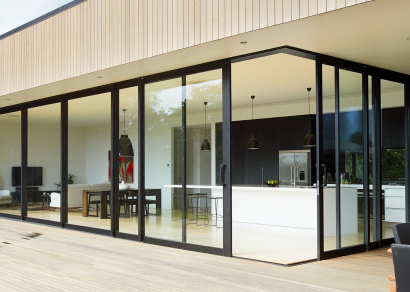
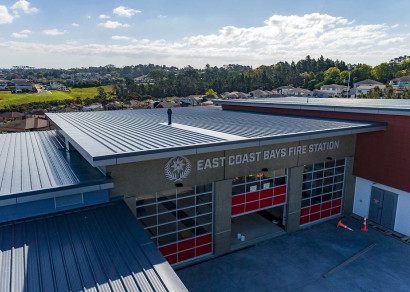
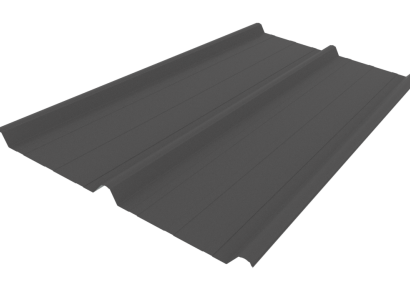
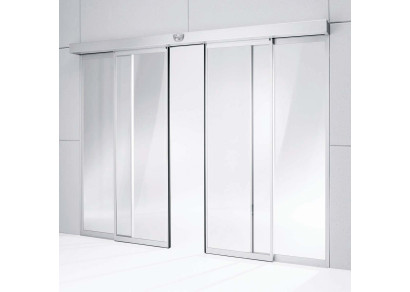

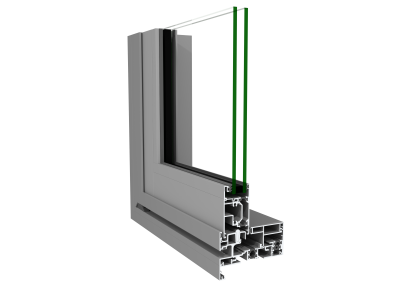

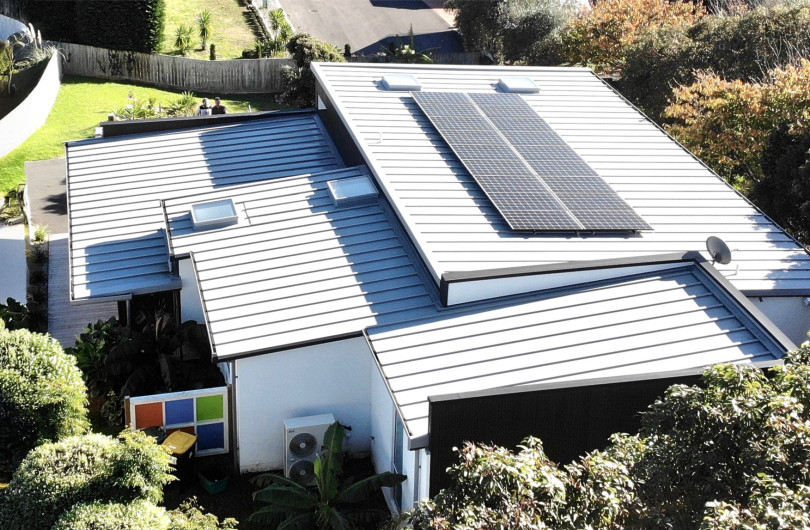
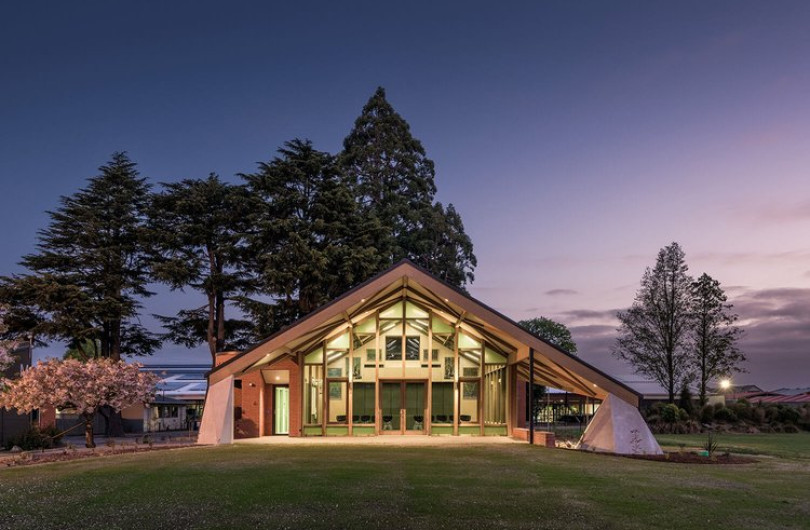



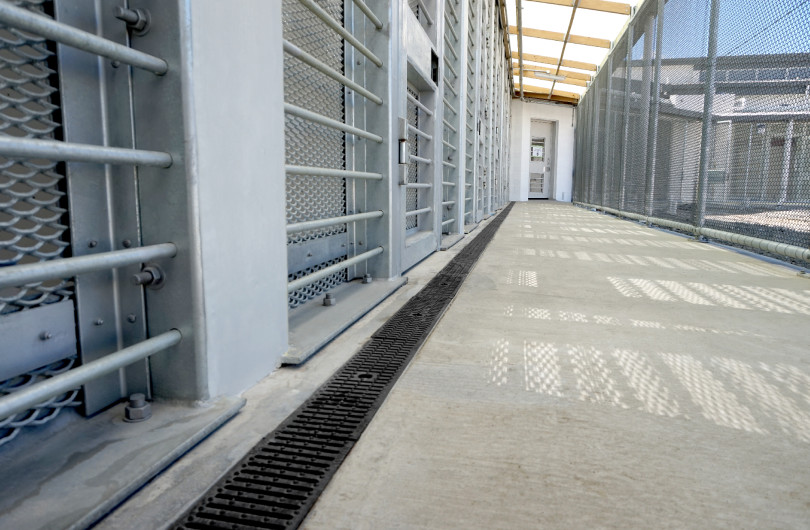









 Most Popular
Most Popular Popular Products
Popular Products



